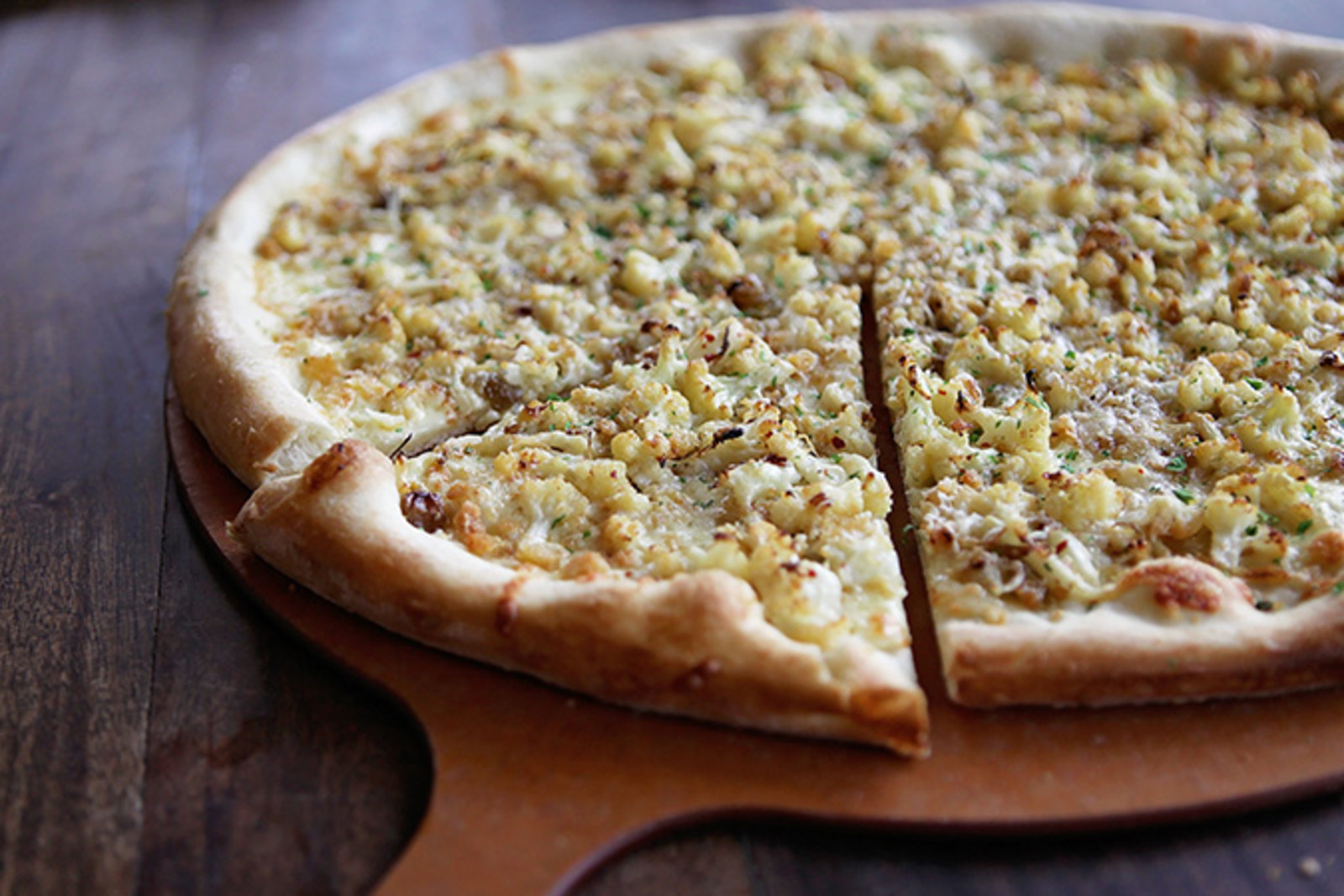The history of Amatriciana, and other seasonal news!

If you have visited a trattoria in Rome, you may have come across spaghetti all’amatriciana (pronounced: ah-mah-tree-chana), Rome’s famous pasta dish. Like many things with a long past, dig deep enough and you find some historical controversy. Some Romans claim the recipe originated in Rome, even though it bears the name of Amatrice, the medieval Italian hill town in central Italy. In Amatrice, those are fighting words—the namesake pasta is their heritage and an indelible contribution to Italian cuisine. What both sides agree on is that guanciale (pronounced: gwan-chall-eh), an unsmoked salt-cured pork cheek, is essential to the dish and should be the dominant flavor.
In 2015, a celebrity chef set off a war of words when he mentioned he uses garlic in the dish. Amatrice’s deputy mayor, Piergiuseppe Monteforte, told the Guardian newspaper this: “Use one ingredient for another, it changes not only the flavor of a dish but also the history of it. If you use ingredients like garlic or onion in an amatriciana, it means you are ignoring a pastoral tradition that is almost 1,000 years old, passed down from generation to generation.”
In Amatrice the recipe is not to be messed with. Its six ingredients are guanciale, pecorino cheese, white wine, pepper, San Marzano tomatoes and chili. The last two ingredients, tomatoes and chili, are relative newcomers, added when the new-world ingredients native to America made their way back to Italy in the 1700s.

At Pagliacci, we certainly don’t intend to stir up any controversy, but we love the pasta dish, we love guanciale, and since pizza is our thing, we’ve created a tribute of sorts. Our Amatriciana Primo is all about the guanciale! Until relatively recently, guanciale was nearly impossible to find in America. But now some specialty butchers are preparing it. Ours has a vibrant pork flavor and a buttery texture. We layer thinly sliced guanciale over creamy fresh mozzarella on a crushed Italian tomato base seasoned with chili pepper flakes. After baking, we finish the pizza with a sprinkle of fresh parsley and mint.

Our other seasonal pie is Sicilian Cauliflower. No, the cauliflower isn’t from Sicily—but the preparation is. The cuisine of Sicily is a fascinating blend of the many cultures that have existed on the island over the last 2,000 years. The use of fruit in savory dishes is an Arab influence from hundreds of years ago. Our Sicilian Cauliflower pie takes meltingly tender, spiced and roasted cauliflower, and combines it with raisins, parsley, mozzarella, fontina, parmesan and breadcrumbs over an olive oil base.

The seasonal gelato is another Italian treat, Baci di Dama, back by popular demand. This seasonal flavor was such a hit last year, it needed another turn in the spotlight—and this is the perfect time of year for it. Baci di Dama—lady’s kisses in Italian—are a beloved cookie in Italy. Two halves, made with almonds and hazelnuts, sandwich a chocolate filling. They make them at Gelatiamo from Maria Coassin’s family recipe. The cookie is fabulous, and even more amazing is its transformation into gelato. Chunks of Baci di Dama cookies are mixed into a creamy almond and Italian hazelnut base, flecked with chocolate hazelnut ganache. Maria says, “It is one of the most labor-intensive flavors we make, but it's absolutely divine.”

